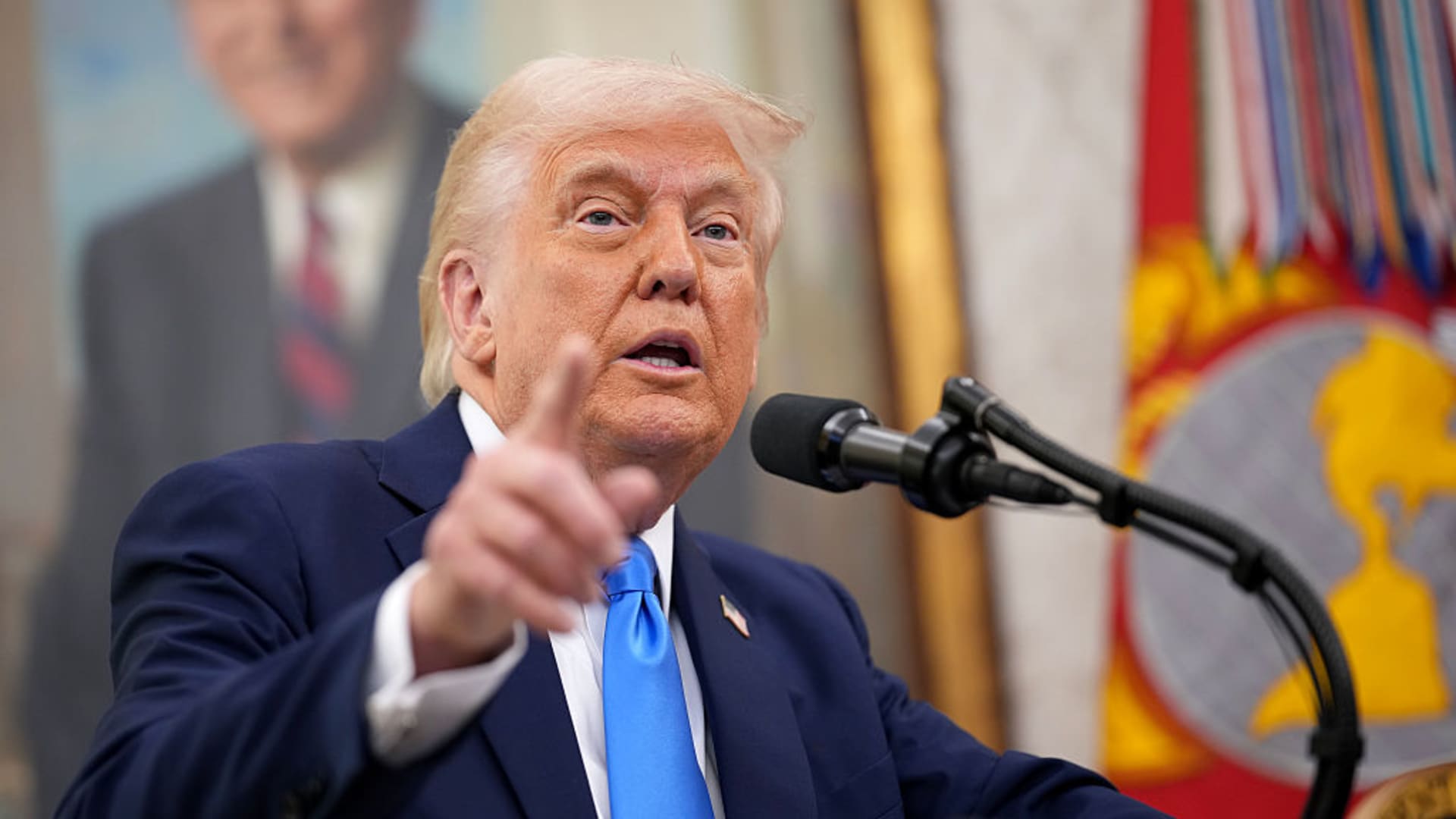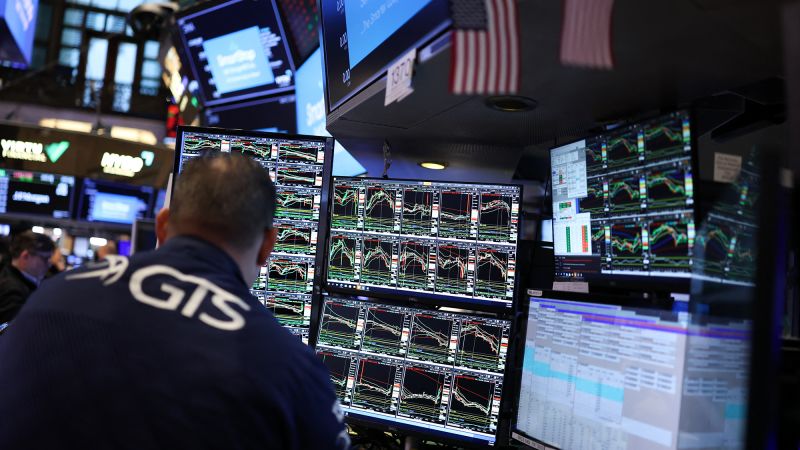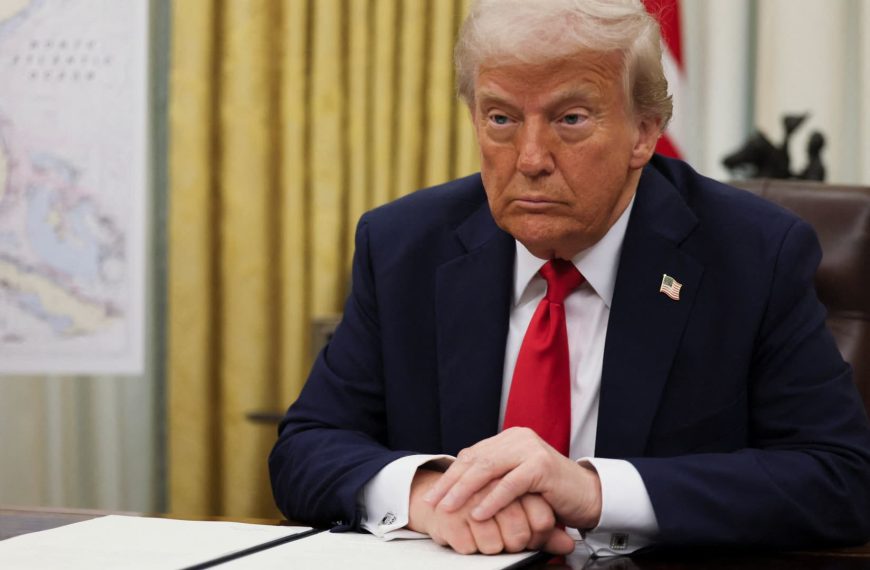European markets are bracing for a significant downturn on Monday as they react to the impending trade tariffs announced by U.S. President Donald Trump. These tariffs, which are set to take effect soon, have created a ripple effect across global markets. Analysts predict that the UK’s FTSE 100 index will drop by approximately 41 points, settling around 8,625, while Germany’s DAX is anticipated to decline by 141 points to reach 22,320. France’s CAC is projected to fall by 54 points, hitting 7,862, and Italy’s FTSE MIB is expected to decrease by 371 points, landing at 38,727.
Impact of Trump’s Tariffs on Global Markets
The upcoming tariffs, including a hefty 25% tax on all automobiles not manufactured in the U.S., are set to take effect on Wednesday. This has triggered fears that foreign automakers may increase their prices to absorb the costs. In a recent NBC News interview, Trump remarked that he “couldn’t care less” about the potential price hikes that could affect consumers.
- Key Points to Note:
- Tariffs to be enforced on April 2.
- Trump’s administration refers to this day as "Liberation Day."
- Additional tariffs are expected to be announced alongside the initial measures.
Futures and Market Reactions
On Sunday night, U.S. stock futures reflected a bearish sentiment, indicating investor concerns over the trade conflict. Despite the turbulent atmosphere, Trump seems undeterred, pushing his advisors for a more aggressive approach to tariffs, as reported by The Wall Street Journal.
Economic Indicators and Expectations
Monday’s trading session in Europe does not have any major earnings reports scheduled. However, important data releases, including inflation figures from Italy and Germany, will likely add to market volatility. With the global trading landscape shifting, investors are advised to stay informed and prepare for potential fluctuations in the market.
In summary, as the European markets gear up for a rocky start, the implications of Trump’s trade policies are being felt worldwide, underscoring the interconnectedness of today’s economies.











